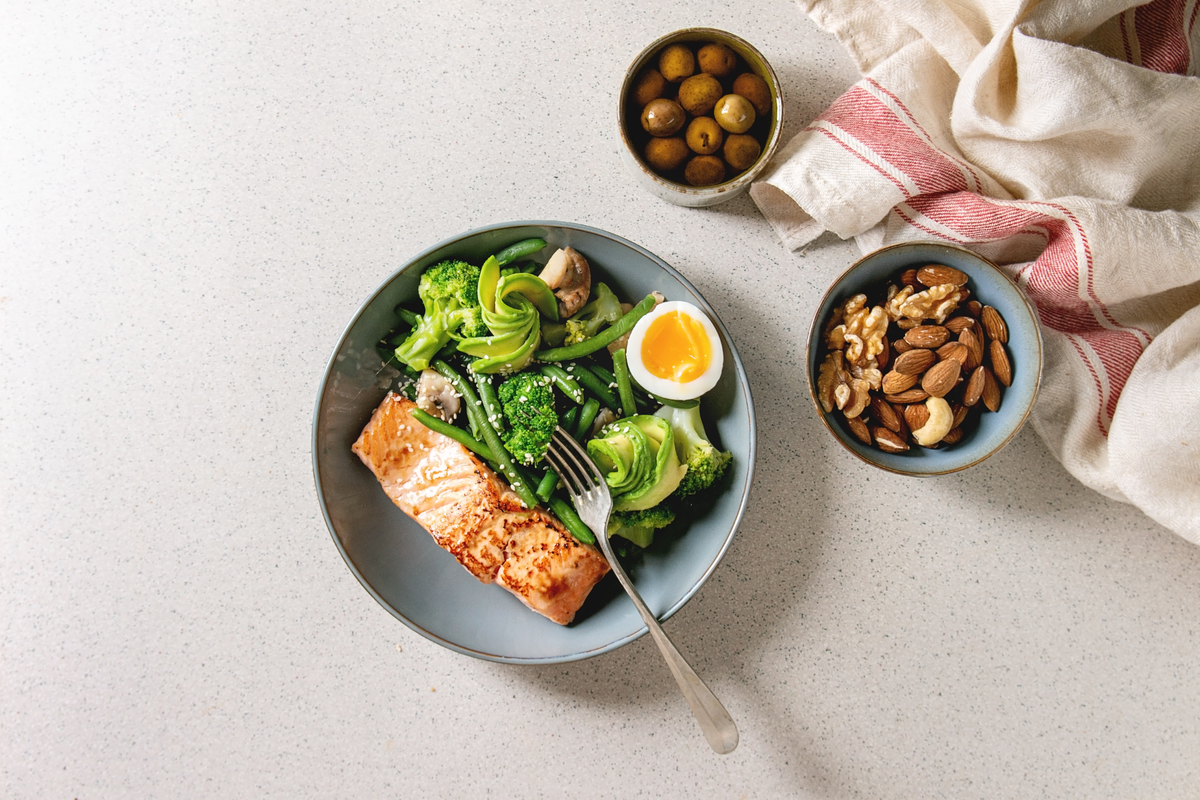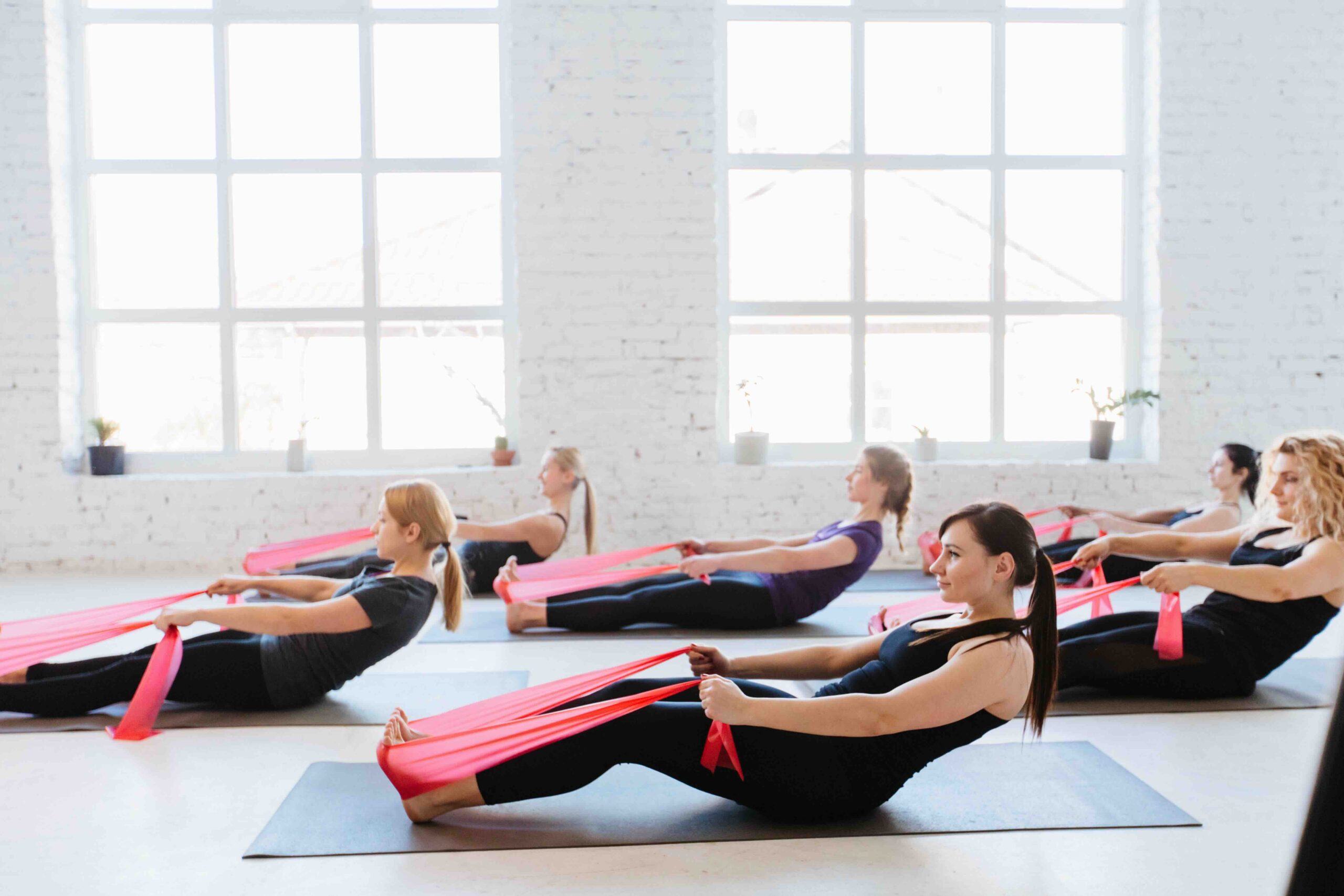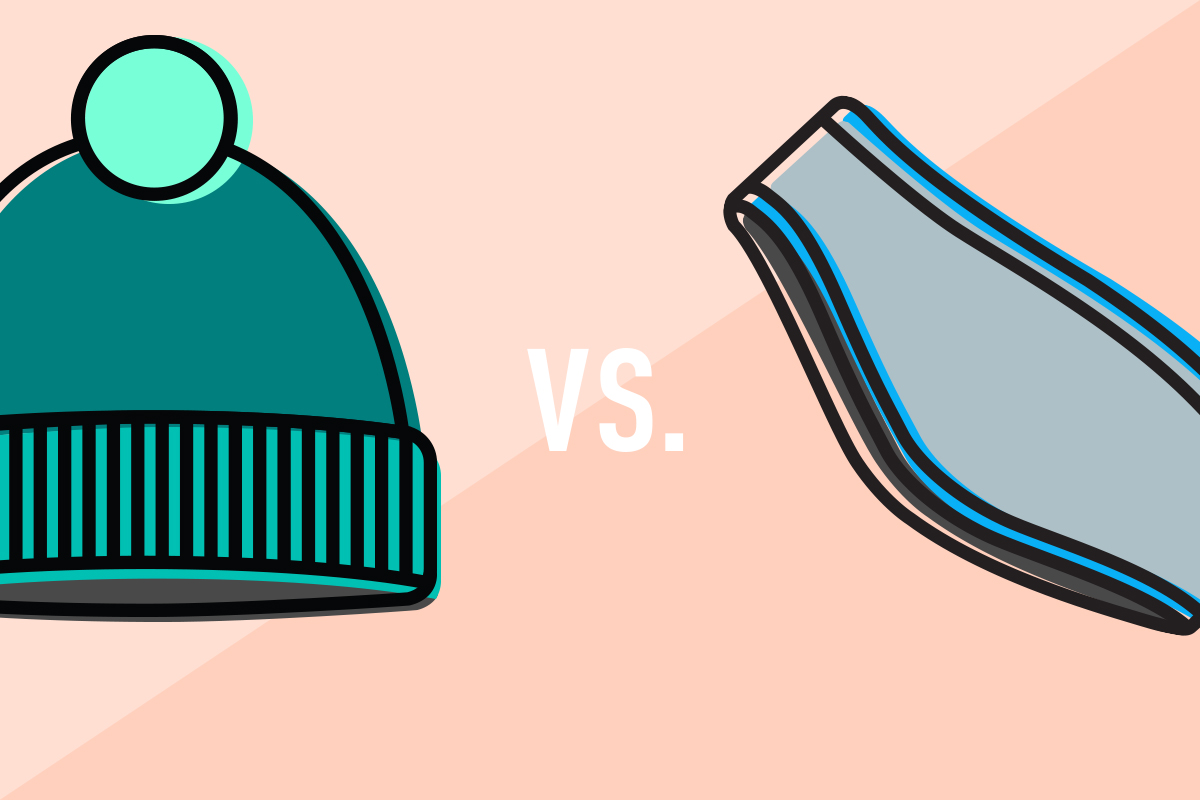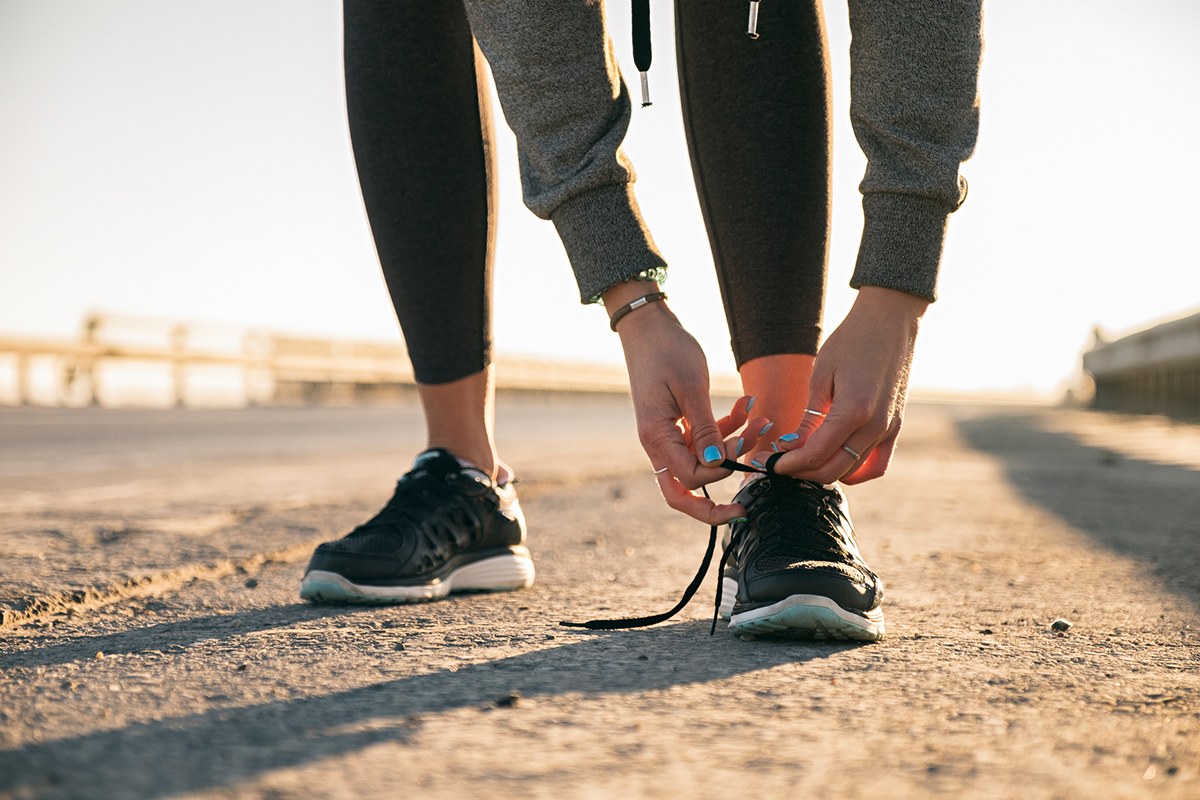Disclaimer: It’s probably every food you love.
There’s nothing more frustrating than waking up with a crop of white and red bumps lurking on your face. It seems your middle school days aren’t as far behind you as you thought. But why in the world is this happening? Sure, you might be a little stressed (who isn’t?), but you’re diligent about washing your face and going light on the makeup. When the packs of pimples just won’t budge, could their existence be linked to the food you eat? It turns out that could be the case, but these easy swaps could leave your face looking clearer sooner.
The trick is to experiment by knocking out foods in your diet one at a time. This way, you can tell what exact food is causing issues rather than guessing from the number of foods you cut out at once. Once you decide which food you’d like to eliminate, you can try going cold turkey or gradually reducing your intake of that food over the course of days or weeks. While you might find eliminating one food made no difference, another could show to be the instigator all along. Ultimately, remember that fresh, whole foods will always power over-processed alternatives. Here’s to happy, healthier skin!
[sc name=”saveupto70off” ]Trade dairy milk for almond or coconut milk
According to one study, cow’s milk can spike blood sugar and insulin levels, which increases inflammation, redness, swelling, clogged pores and pimples. In addition, the commercial milk we buy often comes from pregnant cows containing hormones that encourage production of skin oils, called sebum.
As an alternative, choose non-dairy substitutes like almond or coconut milk. Just be careful to choose an unsweetened option. As good as the extra flavor boost tastes, sugar is also a link to acne flare-ups.
Trade sugar for fruit, stevia, honey or maple syrup
Too much of this sweet substance is connected to a number of diseases and obesity, but you should also limit your intake for the sake of your skin. Sugar is a pro-inflammatory, and acne is an inflammatory condition, so look for foods that don’t contain sweeteners or contain low amounts of sugar.
Switch out your craving for candy or juice with fruit. Not only will you quench your sweet tooth, you may also take in the many vitamins and minerals from fruit that candy just can’t offer. While juice may contain vitamins, it is also packed with loads of added sugar. As for sweetening up your coffee or tea, mix in a small amount of stevia, raw honey or maple syrup. Natural sweetness remains the best option for your skin health and overall health.
Trade soy for chickpeas
This substance often acts as a go-to protein source for non-meat eaters, but it could be the cause of your annoying acne. The reason points to the natural plant estrogens found in soybeans that can throw off our hormones. Soy also contains high amounts of omega-6 fats, which cause redness, swelling and inflammation unless you’re balancing these with omega-3 fats. Aside from tofu and soy milk, soy can show up in many foods like veggie burgers and energy bars, so take the time to read ingredients labels.
These little peas are packed with fiber, protein and vitamins A, B and K. But along with their nutritional benefits, chickpeas are also low on the glycemic index, are pH balancing, and have antioxidant and anti-inflammatory properties. This positive group of factors leads to less skin irritation and lower sebum (read: oil) production. And while you can add chickpeas to your favorite meals, you can also combine grounded chickpeas and other natural ingredients from your pantry to make a number of DIY face masks. Whether you’re adding them to your meals or topically to your face, chickpeas can offer a number of benefits to both your skin and body.
Trade coffee for tea
The hero that’s waking you up in the morning could also be acting as your arch nemesis when it comes to your skin. But don’t worry, caffeine isn’t the cause of your breakouts. The bean’s organic acid raises cortisol levels, the hormone to blame for causing stress, which stimulates sebaceous glands and inflammation.
So if acid content, not caffeine, is the cause of breakouts, what exactly can you drink to get that pep in your step every morning? Look for teas with EGCG, a potent anti-acne compound. The only downside is that more EGCG means less caffeine. Try to sip on green tea throughout the day for slight bursts of energy, then apply cooled green tea bags to acne-prone areas of your face for 10-15 minutes each night.
Trade coconut oil for olive oil, grapeseed oil or sunflower oil
Forget what you’ve seen all over Pinterest about the amazing benefits of coconut oil. It turns out this sweet-smelling oil clogs pores around the mouth and causes inflammation on the cheeks and along the jawline. And that doesn’t just mean when you apply it topically. Coconut oil can act as a culprit to acne when ingested, so be sure to remove it from both your pantry and bathroom shelves.
For a simple switch, turn to olive, grapeseed or sunflower oil. Olive oil acts as a moisturizer and contains antioxidants like vitamins E and K, polyphenols and fatty acids, which help soothe and protect your skin. It’ll also work to moisturize your lips, cuticles and hair. Grapeseed oil soaks into the skin, contains fatty acids like olive oil and is loaded with vitamins C, D and E, which keep the skin feeling soft and supple. Lastly, sunflower oil is a plant-based, natural emollient that prevents water loss from the skin to make it look and feel smooth and hydrated. Both grapeseed and sunflower oil contain anti-inflammatory and antioxidant properties that calm and protect the skin from daily environmental toxins and sun exposure. Still, it’s best to keep these oils to your cooking. Applying them directly to the face could clog pores and cause breakouts.
Trade peanuts for almonds or cashews
Peanut butter lovers may need to sit down and take a breather after hearing that this creamy topping could be causing that redness on your face. Peanuts contain an androgen, which increases sebum production and makes our face more oily and susceptible to clogged pores.
If you’re looking for a different spread to take the place of the ‘P’ in your PB&J, consider almonds or cashews. These nuts won’t affect androgen levels, leaving you less susceptible to that midday oily glow.
Trade high-glycemic foods for low-glycemic foods
The glycemic index refers to how food affects your body’s blood sugar levels. The index ranks food on a scale up to 100 to describe how quickly carbs break down and get absorbed into the bloodstream. High-glycemic foods trigger an insulin spike, hormonal fluctuations and inflammation, which are key components in acne flare ups. White bread has a high glycemic index value of 70, but other foods to skip include processed breakfast cereal, white rice, pretzels, potato chips, cookies and cakes.
Acne is not prevalent in populations that eat foods with low glycemic index values. This includes beans, legumes, sweet potatoes and most fruits including apples, pears, peaches and grapefruit. When in doubt, choose whole grains and natural foods over their processed alternatives.
Trade shellfish for salmon or mackerel
Shrimp, crab and lobster are high in iodine and eating too much of this element could potentially lead to acne. However, this doesn’t mean you’ll break out the day after you eat shellfish. You should only see a real issue if you’re consuming large amounts of iodine several times per week.
If you’d rather not risk it or have particularly sensitive skin, stick to fish rich in omega-3s, like salmon and mackerel. Omega-3 fats and DHA, a fatty acid in the omega-3 family, play an important role in quickly lowering inflammation caused by clog pores, which means no more acne for you. Take that, zits!







